Learning Curve 16
July 18th to August 18th, 2024
Opening Reception
Thursday, July 18th, 6pm–8pm
As an artist and educator that is fascinated, yet deeply critical of photography and its history, I am interested in the ways contemporary image makers are creating new languages and sensitivities in photography; a keenness that shows care, tenderness, and reverence to the people and communities they photograph. Equally, I’m specifically curious about the concept of slow looking. What does it mean to engage in slow careful looking in our communities? Does it make us more aware of the roles we play in society? Does it connect us more to other people's humanity? Does it allow us to see people as they are, without romanticizing, aestheticising and glamorizing?
When I say slow looking, I don’t mean to gawk at, stare or a form of voyeurism that photography is so accustomed to. Rather, it’s a practice that allows us to notice the way a person’s body shifts slightly to the right when they sit on a chair. The way someone delicately holds the rope as they ride their cherished horse, the warm smile of someone as they receive a kiss on their cheek, and the sandals left at the entrance by the people you love. For me, slow looking attempts to go against the fast-paced economy of images, and it demands us to pay attention to images that whisper instead of scream.
The artists in Learning Curve are engaging in many forms of slow looking. They strive to move past the spectacle that many times photography celebrates and lusts over. Most of the artists in this exhibition are photographing their loved ones, people in their communities, they critically engage with the politics embedded in their towns and cities, and they cement and uphold oftentime overlooked histories. Because of their closeness with the people, places, and objects they photograph, they are striking a balance between access and secrecy. The artists remind us of the privilege that it is to have proximity to someone. They give us entry to certain moments and gestures, yet they use blur, abstraction, cropping or body language to be in charge of this access. Slow looking in this exhibition also manifests in the way the artists experiment with the print and the tactility of the image. We become aware of the artist’s hand, either digitally or physically marking the image. This rebels over the plurality and mass production of photographs, and they show us the preciousness of the print which mirrors the moments the artists photographed.
What’s exciting about this exhibition for me, is that the work shows the complexity and richness in Houston with an intimacy that the act of slow looking allows. So whether they’re investigating Black Cowboy communities in Texas and questioning what and whom is considered American, or they’re focusing on their own families or small towns, or abstracting a barbed wire fence to make us meditate on issues of immigration and the militarization of borders; the artists in Learning Curve demand our attention to dream, to ask more from photography, and ultimately to become more attentive members of our communities.
Lorena Molina, Juror, Assistant Professor of Photography and Digital Media at the University of Houston
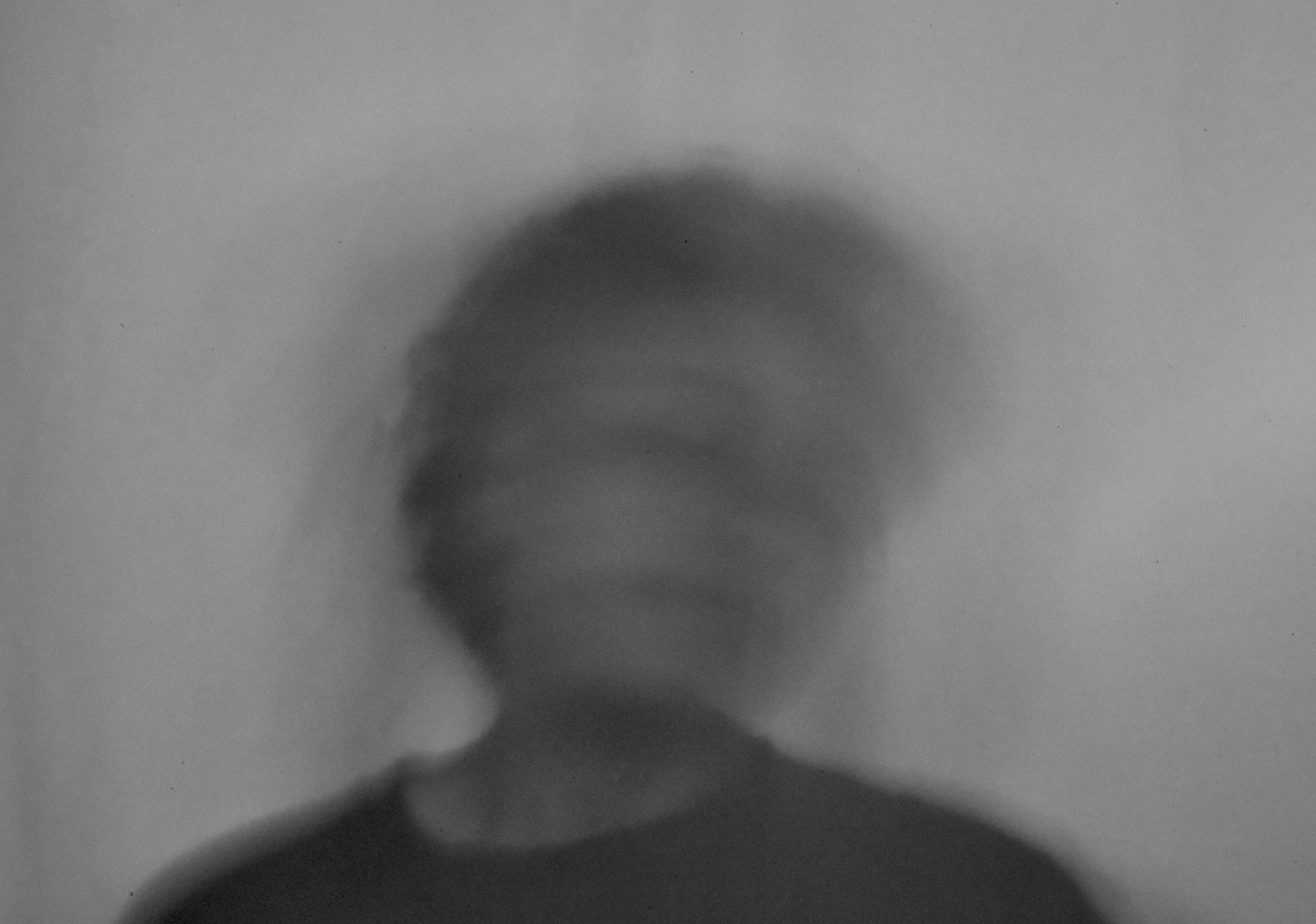
Ameera Barnes
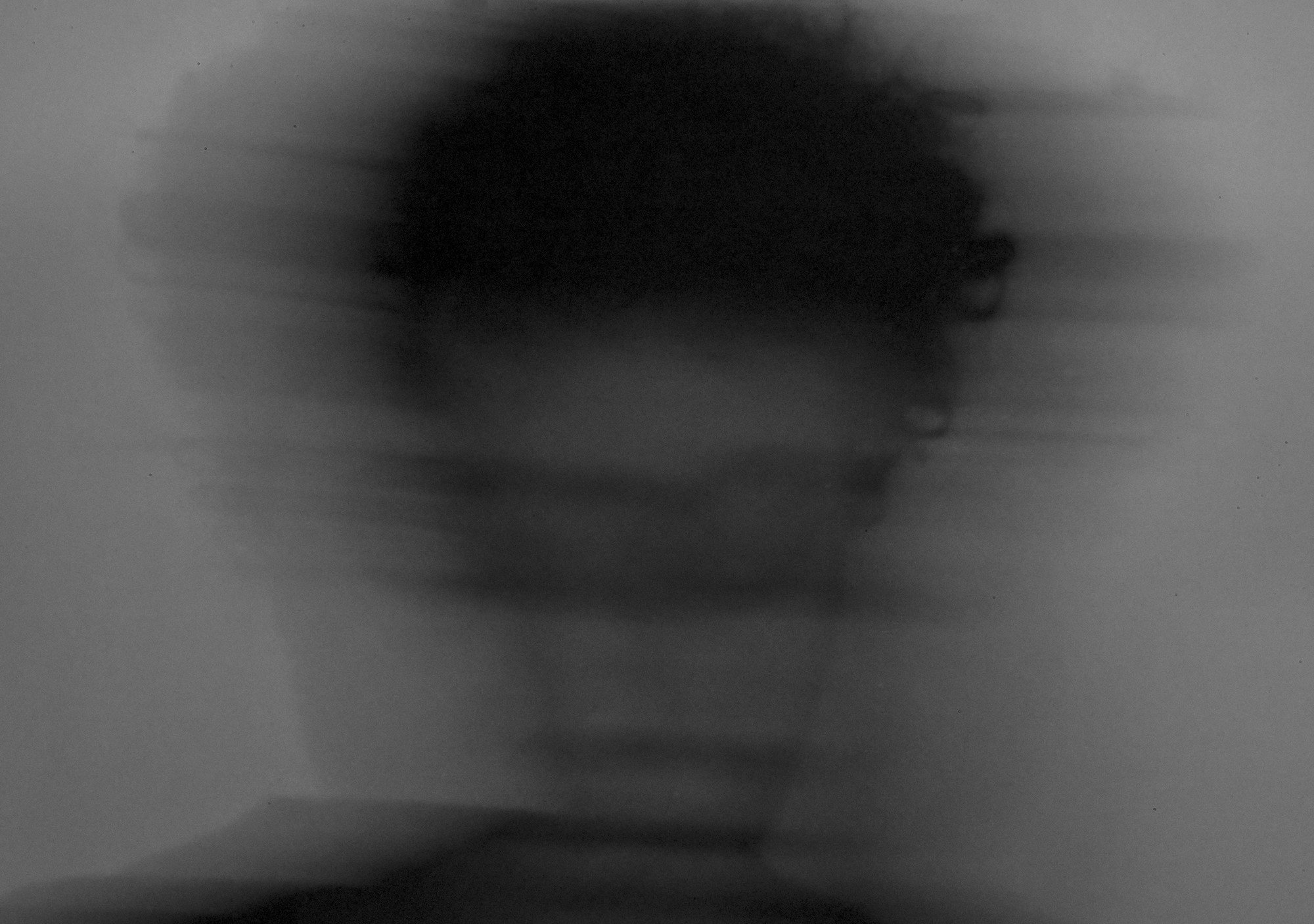
Ameera Barnes
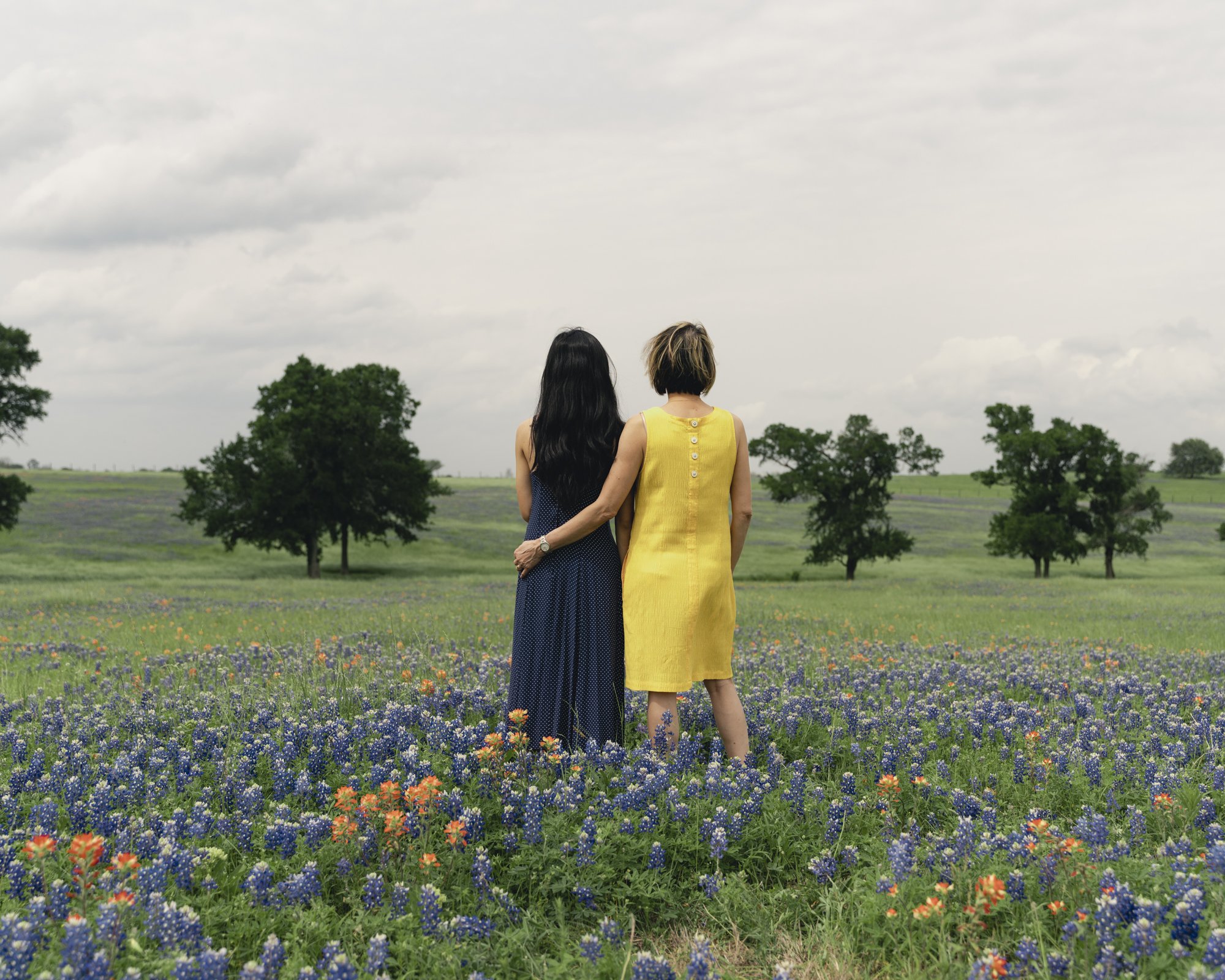
Joseph Bui
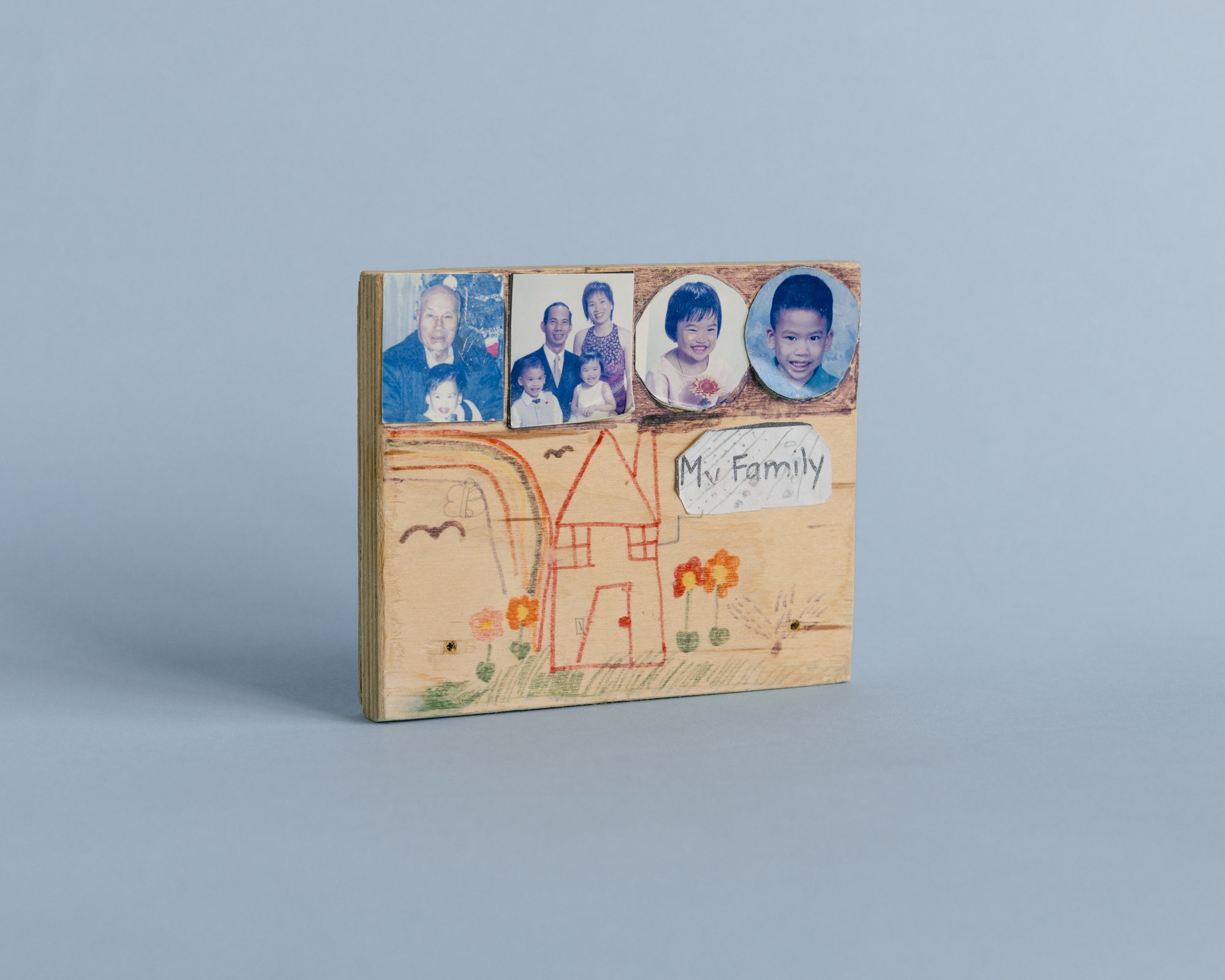
Joseph Bui

Joseph Bui

Mark Curtin
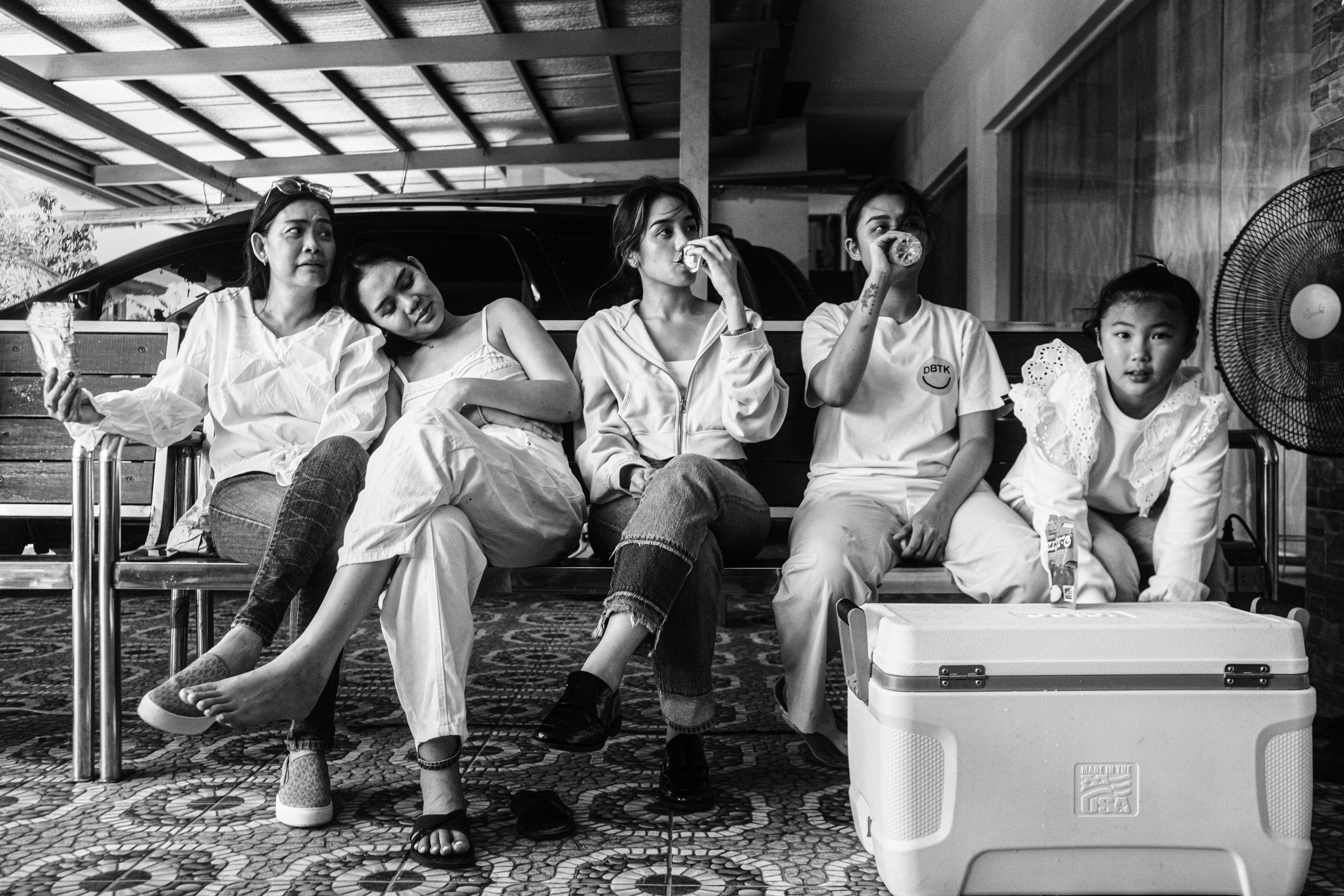
Jacinto Deleon

Martha Estrella

Martha Estrella

Mark Felix
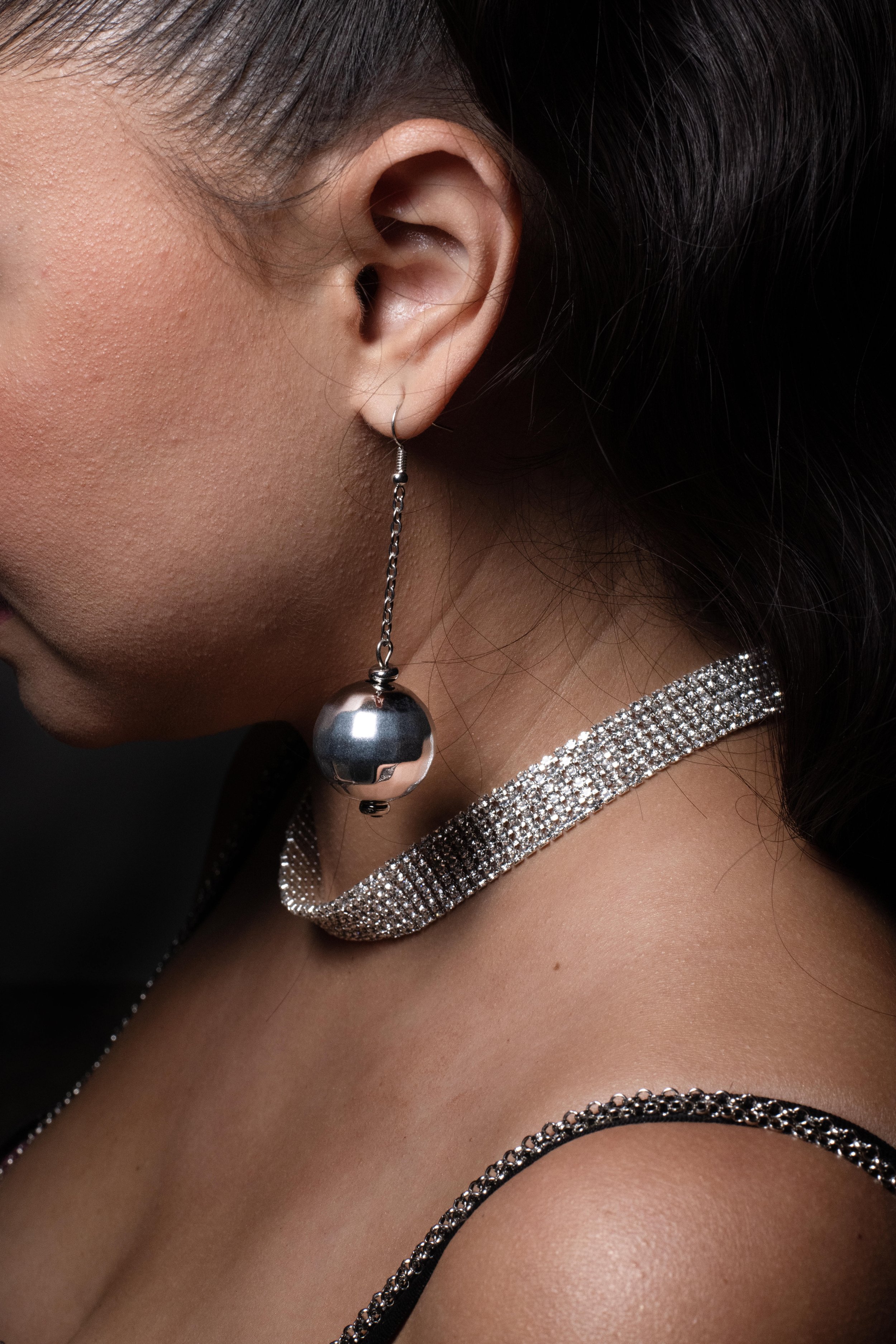
Mark Felix
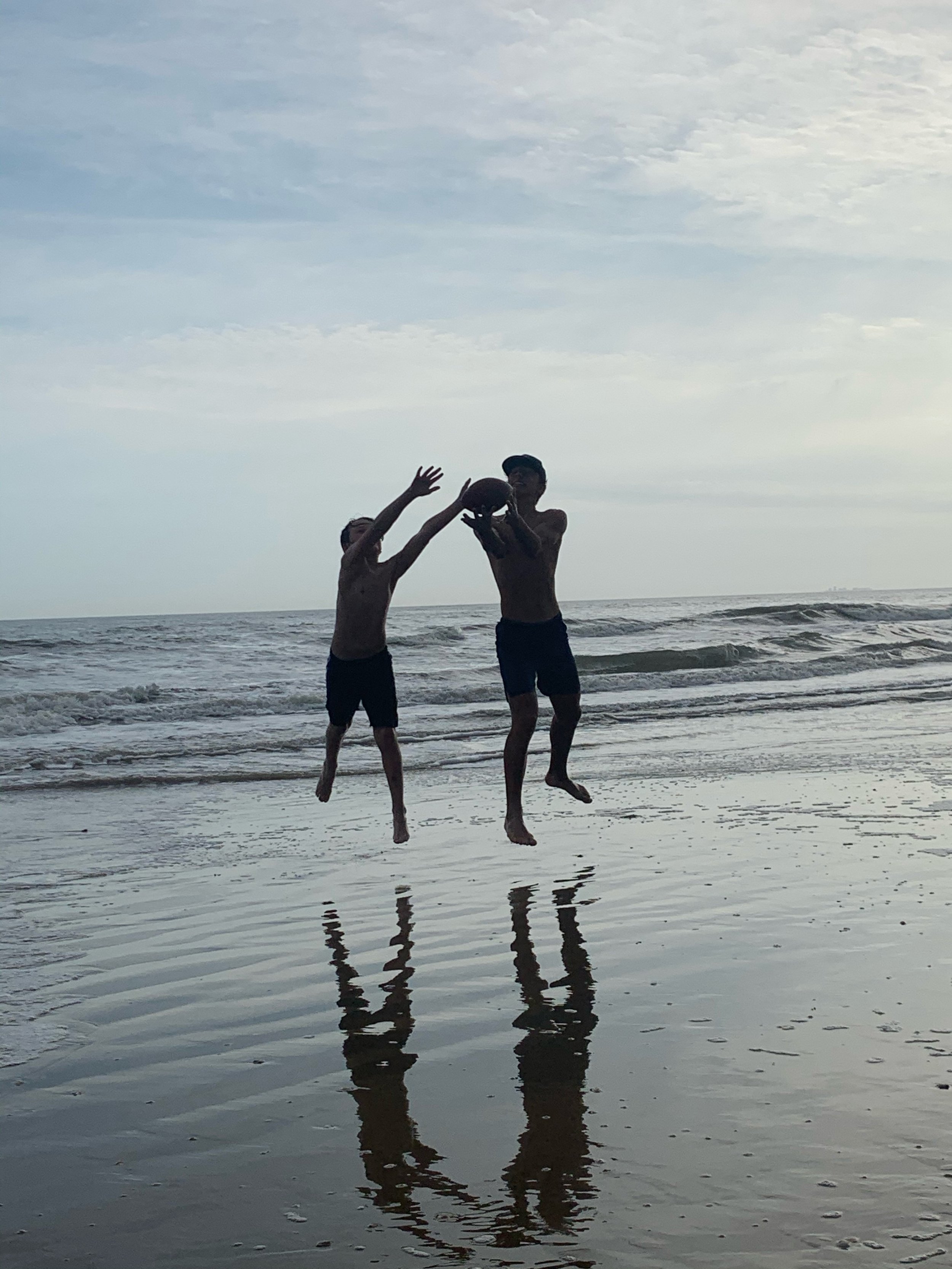
Bernard Gerber

Valentine Ollawa
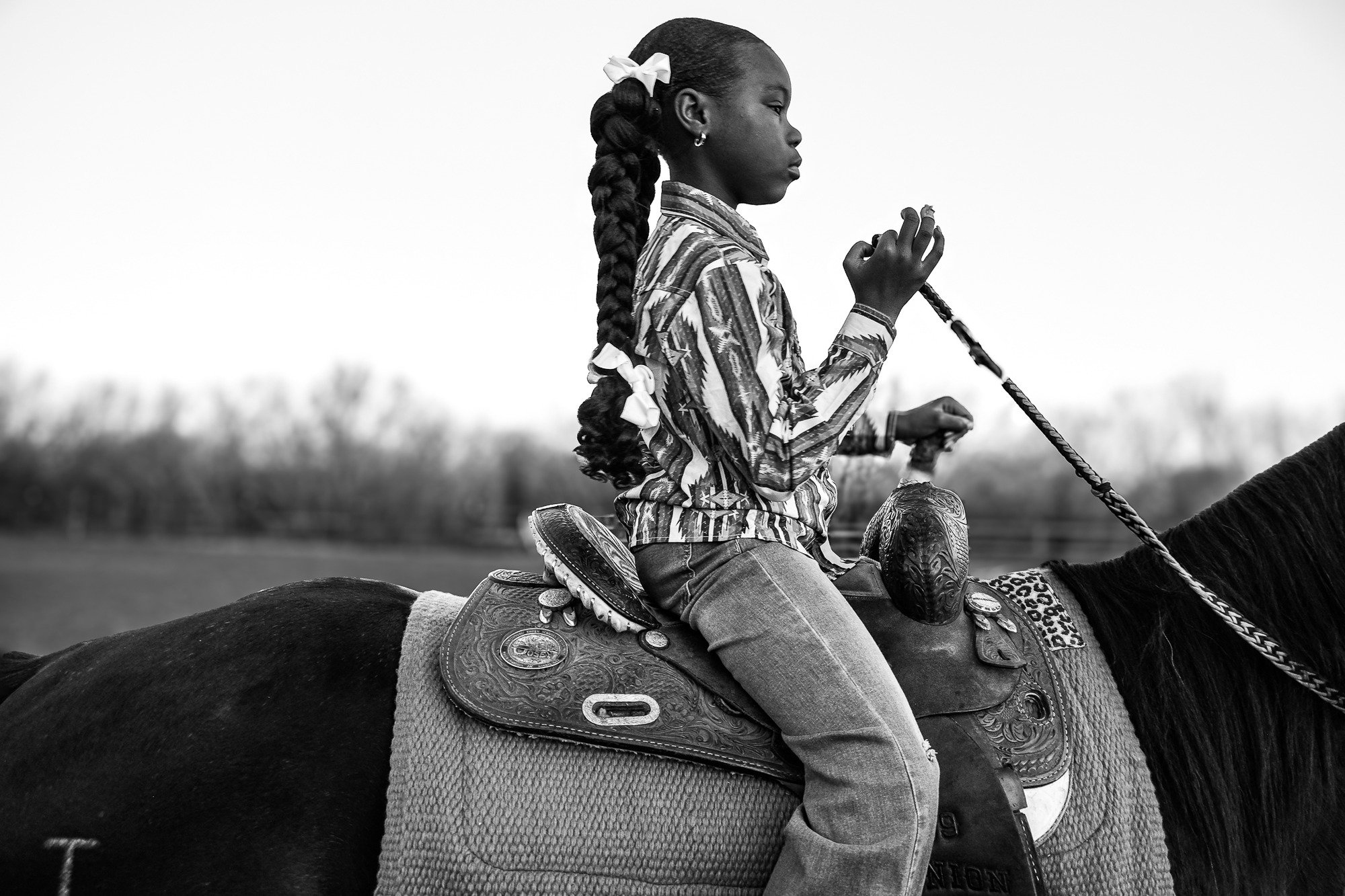
Valentine Ollawa
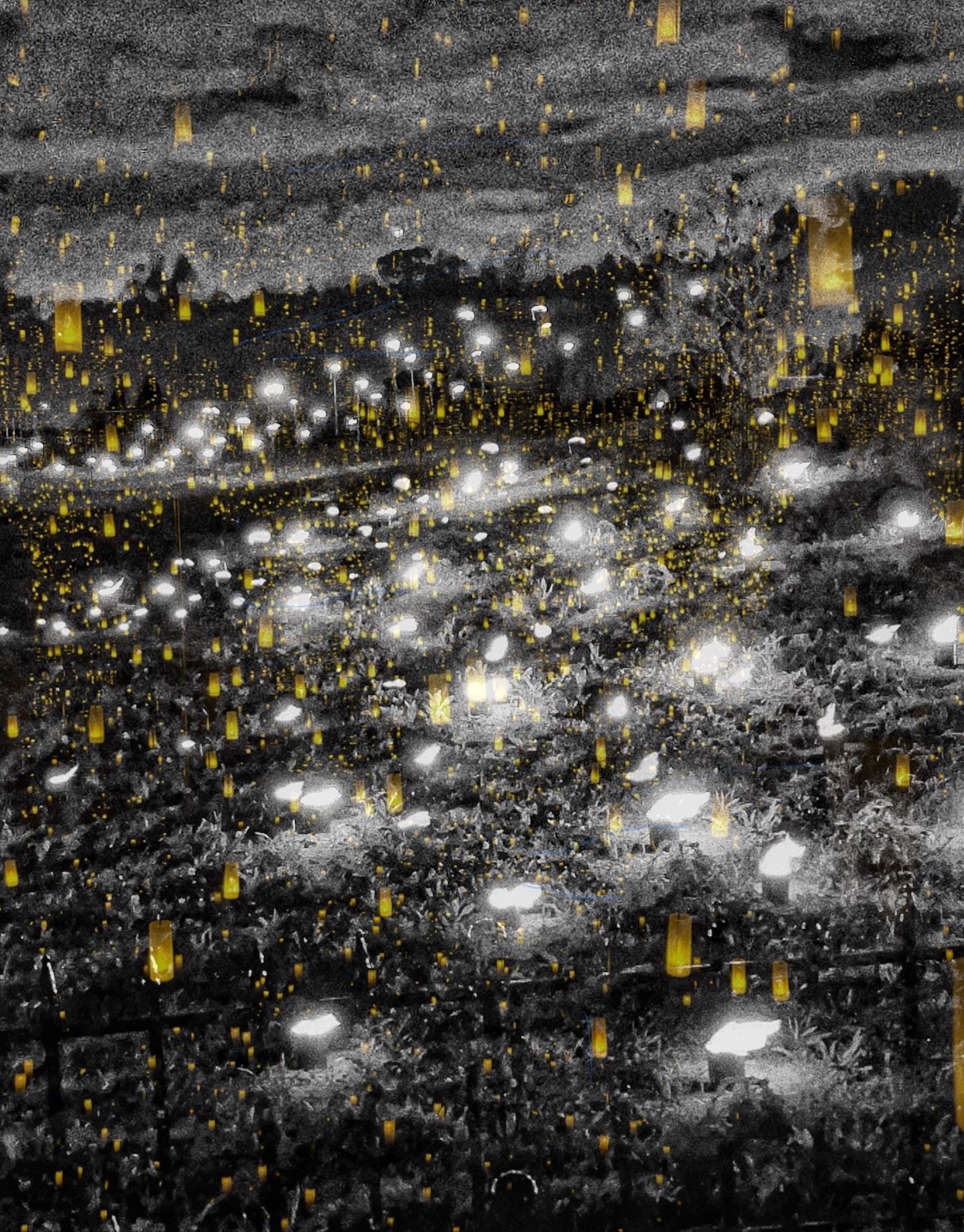
Catherine Orr

Nayara Pasti

Jeff Paxton

Michelle Schoenberg
Participating Artists
Ameera Barnes, Houston, TX
Joseph Bui, Houston, TX
Mark Curtin, Hallettsville, TX
Jacinto Deleon, Houston, TX
Martha Estrella, Houston, TX
Mark Felix, Houston, TX
Bernard Gerber, Houston, TX
Valentine Ollawa, Houston, TX
Catherine Orr, Houston, TX
Nayara Pasti, Missouri City, TX
Jeff Paxton, Houston, TX
Michelle Schoenberg, Houston, TX
About the Juror, Lorena Molina
Lorena Molina is a Salvadoran multidisciplinary artist, educator, and curator. She is an Assistant Professor of Photography and Digital Media at the University of Houston. She's also the founder and the director of Third Space Gallery, a community space and gallery that supports and highlights BIPOC artists.
At the core of Molina's work is an exploration of spatial inequalities and the challenges that oppressed groups face in constructing place and establishing a sense of belonging. The work is driven by a deep sense of displacement experienced after a 12-year-old civil war forced her and her family to migrate to the United States. Most of her work stems from a need to find and build community in a way that is both tender, accountable, and challenging through difficult conversations that make everybody involved actively question their position and privileges in society.
She received her Master of Fine Arts degree from the University of Minnesota in 2015 and her Bachelor of Fine Arts from California State University, Fullerton, in 2012. Molina has been a recipient of the Diversity of Views and Experiences fellowship, The Christopher Cardozo Fellowship, (Two) Truth and Reconciliation grant from Artswave, The Idea Fund, and The Kala Art Institute fellowship. She has exhibited and performed both nationally and internationally at venues including the Contemporary Art Center, Cincinnati, The Kemper Museum, Southeast Museum of Photography, 621 Gallery, The Carnegie, Covington, KY, Vox Populi, FSU Museum of Fine Arts, EXPO Chicago, The Armory, The Delaplaine Art Center, The Beijing Film Academy and all over the piazzas of Florence, Italy
About Learning Curve 16
Learning Curve is an annual exhibition celebrating HCP students’ work from the past year. From digital photography to alternative processes, Learning Curve highlights HCP Education's various programs.
The exhibition is juried by a leading curator, editor, or artist who is in dialogue with the medium of contemporary art and/ or photography. Works selected by the juror will be exhibited at HCP and highlighted on our digital platforms.
About the Artists
Ameera Barnes
Ameera Barnes, born in Sugarland, Texas in 2004, discovered a passion for photography at 13, when they captured the beauty of a dead rose with a smartphone. Inspired by artists like Andrei Tarkovsky and Stephen Shore, they explored portrait, nature, and documentary photography, honing their skills through trial and error. Seeking improvement, they took classes at the Houston Center for Photography. Today, they are based in the Houston, Texas area, Ameera primarily works in digital mediums and continues to grow and learn about crafting captivating visual narratives.
My self-portrait series utilizes a DSLR camera fitted with a DIY pinhole lens. To create the lens I drilled a a small aperture through my camera's body cap and affixed a rounded piece of aluminum can with a minuscule hole on its back. I alternate between the subject's movement and the camera's movement to create these images. I often feel empty and disordered, so I made these images to convey and explore those emotions while experimenting with new avenues in my photography.
Joseph Bui
Joseph Bui (he/him) is a Houston-based editorial, documentary, and portrait photographer. Identifying as Vietnamese-American, he developed an interest in storytelling on topics of relationships between people, community, identity, culture, and the theme of “home."When the COVID-19 pandemic began, my camera was pointed at my family in Houston, Texas. Being cooped together inside our small home, I began photographing them in an act of preservation, knowing one day, death will take us all. My ongoing photo series, 'I Love You. I Miss You. Have A Good Day,' is titled after the short phrase I would say to my mother before she left for work—a ritual that has evolved into something akin to a daily prayer. It is through these photographs they shall exist forever and adorn like religious objects on a living room mantel.
After a few years when the pandemic has majorly subsided, my feelings for my family have evolved. I became curious about my family's history in Vietnam and their immigration to America. For the future of my project, I hope to delve into the nuances of my familial relationships and Vietnamese heritage as a first-generation son. In doing so, I hope this work will spark conversations about identity, memory, and cultural belonging, inviting viewers to contemplate their own connections to heritage and home.
Mark Curtin
Mark was born and raised in Alief, Texas. He has always had a fascination with machines and especially how things work. He attended Boston University where he earned a degree in Mathematics. After graduation he began to explore the commercial aspects of photography as an aerial photographer. Working with the Center for Land Use Interpretation he completed his first documentary work, The VORs of Texas. After an extended time in the oilfield, he resumed a more intimate relationship with photography. To this day he has never stopped taking pictures, never stopped learning and has continued to refine his photographic vision.
My Rural Texas is a documentation of rural life in the south central Texas town of Hallettsville and the communities in the surrounding area. After moving here in 2021 we thought we would rarely see friends again and there would be nothing to do. The opposite happened. Our friends love to visit, and we discovered a thriving community with over 150 years of history in our new backyard. A community based on faith, family, and friends. This is my story of this place, its history, and its people.
Jacinto Deleon
Jacinto Deleon is a Filipino-American interdisciplinary artist based in Houston, Texas. His art practice engages with photography, sound, and installation to explore movements, culture, community, immigration, and experiencing Filipino diaspora. Deleon’s work is influenced by the contemplation of colonization and the trauma that follows with the subject matter. He is currently pursuing a BFA in Photography/Digital Media at the University of Houston.
Lola and family is the intimate exploration of the ambiguous feelings of displacement, isolation, and interconnectedness within the culture that occur when I visit the Philippines, the country my family migrated from. The photos taken in Lola and family are directly from the passing of my grandma, Lola, whomst I never really got to know because of the division that immigration held. Going back to create closure within the anticipated death of my Lola heavily impacted my cousins living in the Philippines and my parents, which was a strongly sensitive experience for them. Not knowing what to feel because of this lack of a relationship with the person who had passed, I had latched onto the feelings togetherness that the death brought. Seeing how death had brought everyone together was an extremely unique experience that had me see the effects of shared bonds within my family. However, this shared experience led to a deeper sentiment of isolation within my Filipino American identity. Feeling displaced culturally had made me feel grief through myself and others in a unique way. Ultimately, this project is a tribute to my family and a reflection on the broader immigrant experience
Martha Estrella
Martha Estrella is an emerging Houston-based photographer and educator. Over the past year, she has used film photography to document her hometowns in Texas and Guanajuato, Mexico and capture a sense of sharing, belonging, closeness, family, and connection. Estrella received her BA in Psychology from the University of Houston and works as a multilingual educator in Texas public schools. She is currently an intern at the Houston Center for Photography, where she assisted in a masterclass led by Dina Litovsky. Estrella recently presented an original zine at Uncle Bob’s Photo Zine Market in May 2024.
My photography is influenced by my bicultural identity. I was born in Celaya, Guanajuato and migrated to the U.S. when I was three. I learned film photography during summer classes taken in Mexico at the age of twelve and the choice to continue the use of film is to preserve my connection to my personal history. I hope to convey the reconnection within a culture since oftentimes, people who migrate to the US completely lose connection with the language, their families and the culture.
Mark Felix
Growing up in the heart of the flyover states (Indiana), sometimes I'm even surprised that I live in Texas now. After receiving an early career grant from the National Geographic Society to work in coastal Louisiana, I moved down south and made Houston my home. They say you'll adjust to the heat, but I'm four years in and growing more skeptical by the day. When not taking care of my houseplants or triathlon training, I'm a full-time independent editorial and commercial photographer interested in photographing where climate and culture collide.
When Beyonce came to her hometown of Houston on her Renaissance tour, the Beyhive answered the call. Over 140,000+ Beyonce fans from all over the world came dressed and ready to see her perform over two nights at NRG Stadium.
For many migrants, the last leg of the journey to the U.S. can be the most dangerous. In 2023, 47 men, women and children drowned trying to cross the Rio Grande River in Eagle Pass, Texas. The razor wire that fills the U.S. side of the river often diverts migrants into crossing at locations that have faster waters and stronger undertows.
Bernard Gerber
I am a physician who enjoys photography as a hobby for artistic expression, exploration, and engagement with the world. After work with digital DSLR cameras, I have focused entirely on iPhone photography in recent years. I am attracted to color and light, but also shapes and contrast. After an iPhone photography class at HCP this year, I have been inspired to continue my artistic work.
These images cover a variety of scenes from home and neighborhood to children on the beach to Spain. I strive to combine color with light with shapes to create a striking balance of expression.
Valentine Ollawa
Valentine is a Nigerian-American photographer living in Houston, Texas, whose works explore the nuances of daily life and multiplicity within Black working-class communities as a direct response to survival, identity, and belonging. Born in Lagos, Nigeria, in 1989, he moved to Los Angeles, California, in 2002. Relocating from California to Texas in 2021 during the pandemic was a transformative change that ignited a creative desire. As a self-taught photographer, Valentine collaborates within communities, decolonizing narratives, exploitations of Black culture, and reclamation of Black identity through "daily life as an act of resistance."
My projects, Am I American Enough (2022-ongoing) and Shadows of Resilience (2024), are photographic series that explore and examine the misappropriation of historical Black and African identities in colonized communities. The former dives into the world of Black cowboy communities in Texas and the juxtaposition of the American identity. My aim is to challenge preconceived notions of identity, questioning who is a Cowboy in America and who is American enough to be considered equal. The latter examines the lingering impact of Cuba’s colonial past on the daily lives of Afro-Cubans, shedding light on the exploitation of Afro communities as economic and cultural capital. These projects' distinct themes and objectives reflect my ongoing commitment to presenting an alternate reality that challenges societal perceptions of Black identities and anti-Black exploitations and narratives.
Catherine Orr
Catherine Orr is a retired legal professional and stay at home mom, based in Houston, who is committed to community service. She currently works as a volunteer in underserved communities in education, to improve literacy and access to college, and in voter education, to improve voting literacy and access. In an attempt to nourish her creative side and improve her novice photography skills, Catherine signed up for digital and iPhone photography classes; to her surprise, she discovered the broader value of photography as a critical vehicle for her own creative exploration, expression and healing.
I have always admired a talented artist’s, a skilled photographer’s, ability to convey something much bigger, more important, than the image captured. After an unexpected and devastating loss in my family, I found a deeper connection to the arts with its power to convey a depth and breadth of emotion and experience where words were often inadequate. With no artistic or photographic background, I jumped into photographic classes with the hope that I could learn a new skill, improve my simple everyday photos and keep myself busy as I grieved; what I found was, in no small measure, a whole new world to allow me to explore creatively and, in time, to begin to express myself when words escaped me. Using creative photographic techniques such as multiple exposure composition and creative camera movement, I have endeavored to create photographic art that conveys a depth of emotion or invites meaningful questions. Using my iPhone camera, I capture simple images of places, sights and objects that carry meaning to me and layer or abstract them in a way that I hope speaks to something more universal for the viewer.
Nayara Pasti
I am a Brazilian portrait photographer specializing in women's empowerment and dance. After years working as an attorney, life led me to a new country and a new career. Now, as a mother of two amazing girls, I celebrate the strength and resilience of women through my lens. Drawing on my background in sociology and gender studies, I aim to capture authentic emotions in each portrait. Inspired by my grandmother's embroidery, I incorporate this technique into my photography, connecting with my heritage and honoring my roots. My goal is to empower women, redefine beauty standards, and bring joy through photography.
These images celebrate the strength, resilience, and individuality of women from diverse backgrounds, ages, and walks of life. As a portrait photographer specializing in women's empowerment, my lens captures the essence of each woman, telling the unique story that goes beyond the surface. In particular, I have incorporated a unique element into two of the images—an embroidery intervention. That symbolic addition is a heartfelt homage to my grandmother, an extraordinary woman who has left an indelible mark on my life. While the images themselves showcase and celebrate the diversity and beauty of women, the embroidered touch adds a personal layer, as an ode to the impactful women who have shaped my own journey, thus celebrating the interconnected tapestry of our shared heritage and the enduring spirit that unites women across borders and generations.
Jeff Paxton
I'm a Houston-based documentary photographer focusing on the cultures that make Houston and Texas such unique and vibrant places. I’ve spent my adult life here, nearly a decade teaching in the public schools, and five years working in the music and arts scene. In March 2020, I was organizing pop-up music events that celebrated what makes Houston a cultural powerhouse. Then Covid hit and shut down the music industry. I knew I needed a new creative outlet, so I bought a camera, and I’ve spent the past 4+ years learning how to tell stories with Houston as my subject.
I grew up in West Texas in a sort of monoculture: Private schools, conservative politics, fundamentalist religion, privilege. I moved to Houston in 2011 to be a teacher and ended up spending 8 years in the Gulfton neighborhood, the immigrant heart of Houston and a place where an estimated 30 first languages are spoken. I'm not from here, but sometimes it can take an outsider to see things with fresh eyes. I've tried to approach each project slowly and collaboratively. For "I Showed Up In Boots," I went to a youth bull riding camp in South Texas, eventually going to three more at-home practice sessions with the same group of kids. "Pupusa Alegre" is part of an ongoing project where I've used grant money to do commercial photography for immigrant-owned small businesses in Gulfton. "MLK Parade" is of the TSU marching band and taken in the Third Ward, the neighborhood I've lived in since moving to Houston. "Sikh Bride & Groom" was made at a friend's traditional Sikh wedding. "Gave Proof Through the Night" was made in the smoldering remains of Griff's, the Montrose dive bar that had become by second home, and which burned down in January 2023.
Michelle Schoenberg
Michelle Schoenberg, a visual artist based in Houston, TX, draws inspiration from the natural world to explore themes of connection, memory, and the passage of time through her artwork. Currently attending the Glassell Studio School of Art, she has participated in the Annual Student Exhibitions at Glassell and will be exhibiting in the upcoming Big Show at Lawndale Art and Performance Center in addition to the 41st Center Annual at the Houston Center for Photography this summer.
It began last summer when I realized my children were no longer living at home; the time had come when they had ventured out on their own. Sorting through the accumulation of years, I found myself somewhat curious about this new phase of life. Memories began to bubble up, prompting reflection on the passage of time and its impact on our lives. In this project, I begin to explore the landscape of my life through collections of natural objects shared with my children and family heirlooms passed down through generations. Seemingly ordinary items gain significance as they become markers of our personal histories. Each piece serves as a reminder of the stories woven into our lives. Through this work, I hope to inspire contemplation on the influences and experiences that shape our lives, our identity, and our relationships over time.
Questions?
For questions about this exhibition, please contact Exhibits
Exhibitions and Programs Coordinator, at exhibits@hcponline.org or 713-529-4755, ext 16.
